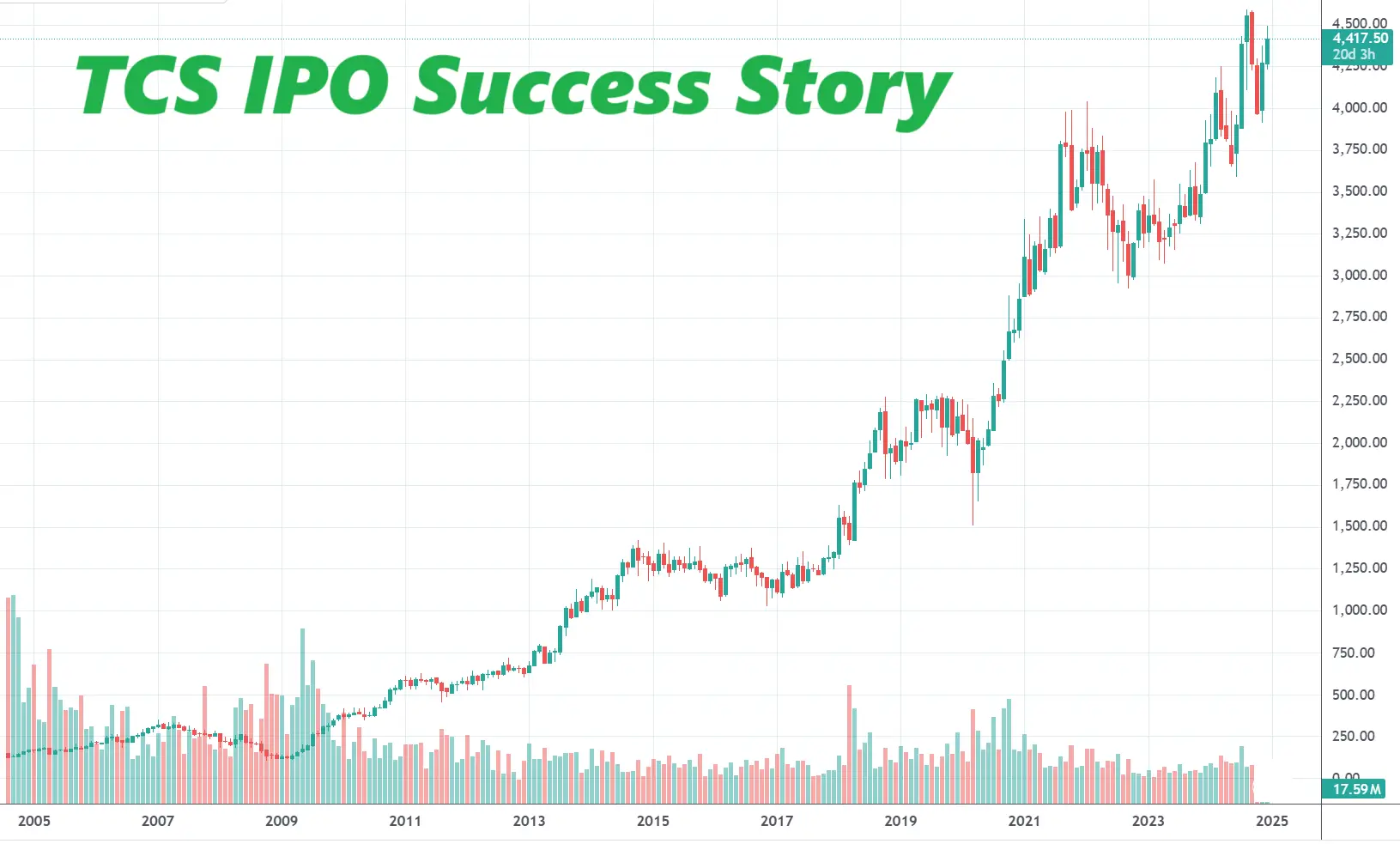Introduction: Why Investing in IPOs Matters for Investors

Investing in IPOs (Initial Public Offerings) is a key moment for both companies and investors. For businesses, IPOs mark a transition from private to public ownership, creating new capital-raising opportunities. For investors, investing in IPOs presents a unique chance to acquire early-stage equity in rapidly growing companies. However, the potential for significant returns comes with its own set of risks. This comprehensive guide will delve into everything you need to know about investing in IPOs, including the essential steps, benefits, risks, and strategies for success. 👉 For more insights on stock market investing, visit our Comprehensive Guide to Stock Market Investment in India.
What Are IPOs? Understanding the Basics of Investing in IPOs
An IPO is a company’s first sale of shares to the public. It marks the company’s transition from private to public ownership and is a crucial step in its growth strategy. Companies usually opt for IPOs to raise capital for expansion, pay off debt, or increase their market visibility. Successful IPOs like those of Zomato and Nykaa have demonstrated how IPOs can help companies achieve market prominence.Learn more about IPO regulations and processes on SEBI’s official website.
The IPO Process: Step-by-Step Overview of Investing in IPOs

- Engagement with Investment Banks: Companies work with investment banks to determine valuation and prepare the IPO documents, including the prospectus.
- Regulatory Filing: In India, the Securities and Exchange Board of India (SEBI) ensures the IPO complies with regulations.
- Book Building: Investors place bids within a specified price range, which helps determine the final price of the shares.
- Allotment and Listing: Once shares are allotted, the stock is listed on stock exchanges like the NSE or BSE.
Why Consider Investing in IPOs? Key Benefits and Risks
Advantages of Investing in IPOs
- High Growth Potential: Investing in IPOs allows early entry into companies with high growth prospects, potentially yielding significant returns.
- Access to Emerging Industries: IPOs often provide access to companies from emerging sectors like fintech, renewable energy, and biotechnology.
- Retail Investor Participation: IPOs allow individual investors to participate in wealth creation opportunities that were once reserved for institutional investors.
Risks of Investing in IPOs
- Overvaluation: Some IPOs are overpriced, which can lead to sharp price declines after the listing.
- Market Volatility: IPO prices can fluctuate dramatically on listing day, leading to short-term risks for investors.
How to Evaluate IPOs Before Investing: Key Metrics for Investing in IPOs

When it comes to investing in IPOs, evaluation is critical. Here are a few key metrics to consider:
- Earnings Per Share (EPS): This indicates how much profit the company makes for each share, reflecting its profitability.
- Price-to-Earnings (P/E) Ratio: This helps investors assess whether the stock is reasonably priced compared to other companies in the same industry.
- Debt Levels: Companies with manageable debt are typically more stable and less likely to face financial distress.
- Growth Strategy: A well-thought-out expansion strategy is crucial for long-term success, and it’s important to review it in the prospectus.
Success Stories in IPOs: Investing in IPOs That Paid Off
- TCS (Tata Consultancy Services):

Discover how TCS achieved IPO success and transformed the industry. TCS’s 2004 IPO is one of India’s most successful. Its strong performance since listing highlights the potential of investing in companies with robust fundamentals.
- Infosys: Infosys went public in 1993 with an IPO price of ₹95 per share. Today, Infosys is a global leader in IT services, demonstrating the long-term value of investing early in IPOs.
- Coal India: Coal India’s 2010 IPO raised a record-breaking amount, showcasing the immense potential of public sector IPOs when executed properly.
Lessons from IPO Failures: What to Avoid When Investing in IPOs

- Paytm: Paytm’s 2021 IPO was initially celebrated but faced significant post-listing challenges due to overvaluation and concerns over its profitability. This case highlights the importance of thoroughly evaluating IPO pricing.
- Reliance Power: Despite generating high initial interest, Reliance Power’s IPO faced difficulties due to execution delays and project issues, demonstrating the risks of investing in companies with uncertain operational plans.
How to Apply for IPOs in India: Step-by-Step Process for IPO Investors
- Open a Demat Account: To apply for an IPO, you need a Demat account with a registered broker or bank.
- Understand the ASBA Mechanism: ASBA (Application Supported by Blocked Amount) ensures that your funds are blocked in your account until shares are allotted.
- Place Your Bid: You can place bids through online trading platforms, specifying the number of shares and bid price.
- Track Allotment Status: Check the allotment status through registrar websites like Link Intime or Karvy.
- Prepare for Listing Day: IPO prices can fluctuate on listing day, so be ready to decide whether to hold or sell shares.
- Post-Listing Analysis: After the stock is listed, monitor the company’s performance and adjust your investment strategy accordingly.
Strategies for Maximizing IPO Gains: Best Practices for Investing in IPOs
- Research Extensively: In-depth research on the company’s business model, financials, and competitive advantages is critical for making informed decisions when investing in IPOs.
- Monitor Market Sentiment: Pay attention to subscription numbers and media coverage to gauge investor interest in the IPO.
- Diversify Investments: Avoid putting all your money into a single IPO. Diversification helps reduce risks.
- Focus on Reasonable Valuations: Be cautious of IPOs with inflated pricing. Look for companies with long-term growth potential and reasonable valuations.
- Stay Updated on Market Trends: Keep an eye on trends in emerging sectors like fintech and renewable energy for better investment opportunities.
- Consult Financial Advisors: A financial advisor can help you assess the risks and rewards of investing in IPOs, ensuring a more balanced approach.
IPO Trends in India: What’s Next for IPO Investing in India?

India’s IPO market is growing, driven by:
- Tech Companies: Startups like Delhivery and Nykaa have used IPOs to fund their expansion and raise capital.
- Renewable Energy: IPOs from companies like NTPC and PowerGrid reflect the increasing interest in sustainable energy and infrastructure development. Read about NTPC’s commitment to renewable energy on their official website.
- Pharmaceuticals: Healthcare IPOs, such as Gland Pharma, have seen significant success, particularly during the pandemic.
Conclusion: Mastering IPO Investments and Achieving Success
Investing in IPOs presents both opportunities and risks. With the right research and strategy, you can maximize your returns while minimizing potential losses. By learning from past successes and failures and staying informed about market trends, you can build a successful IPO investment portfolio. Always remember to evaluate the financial health of companies, stay updated on sector performance, and consult professionals when needed.

